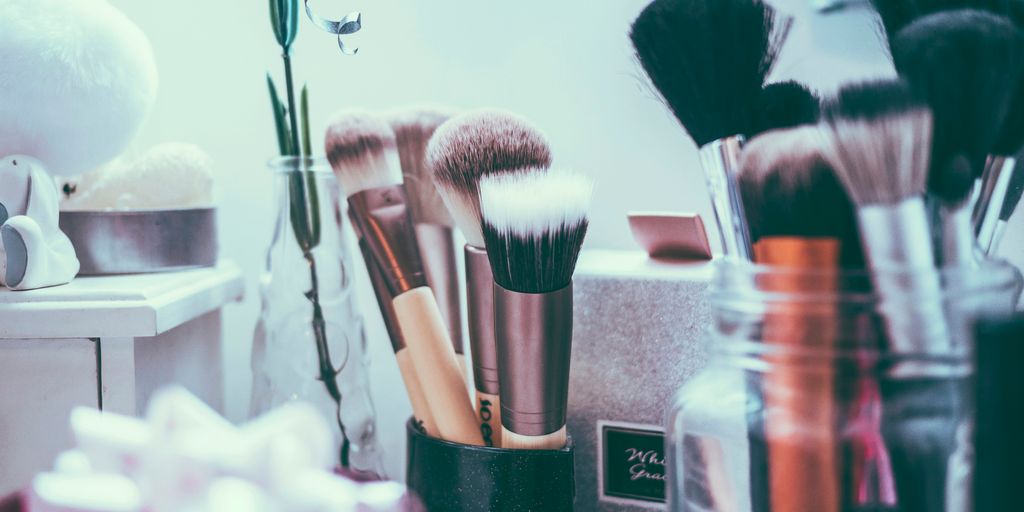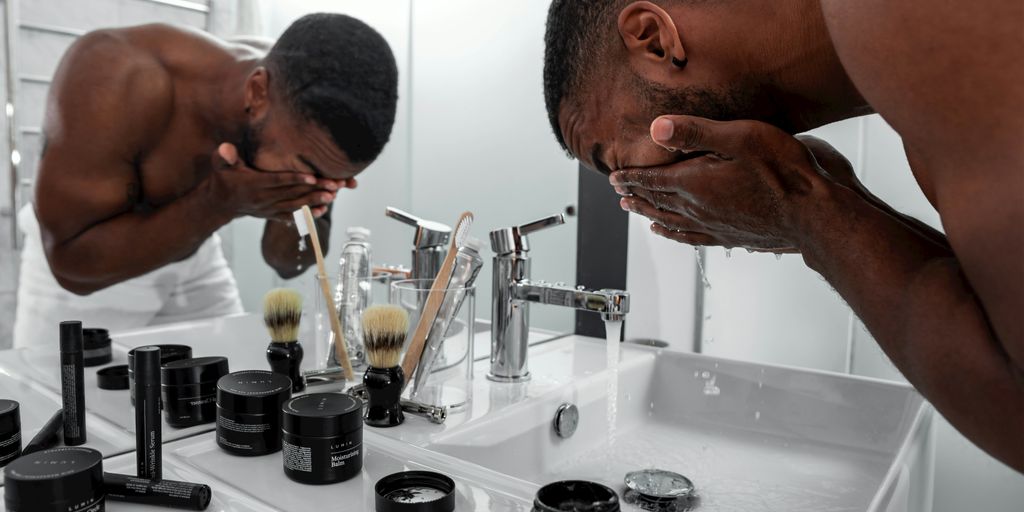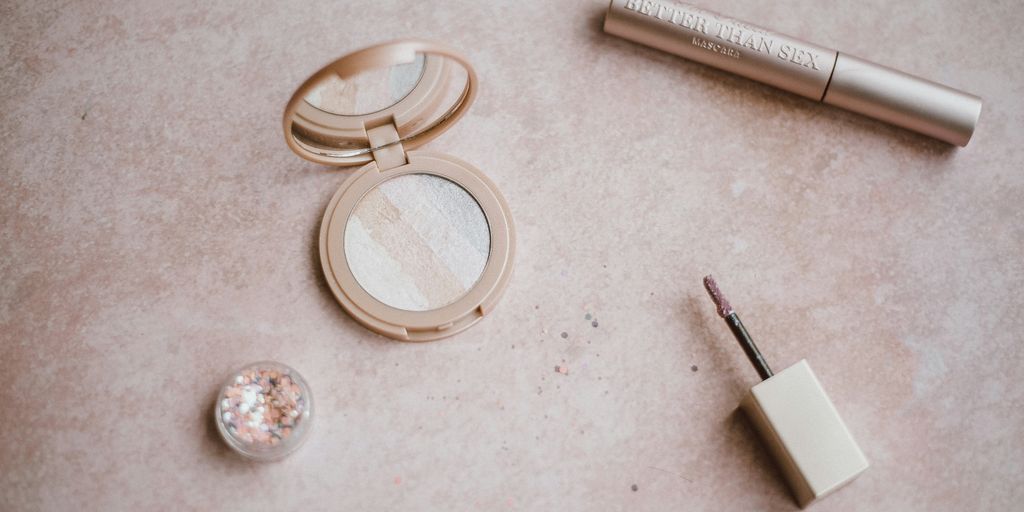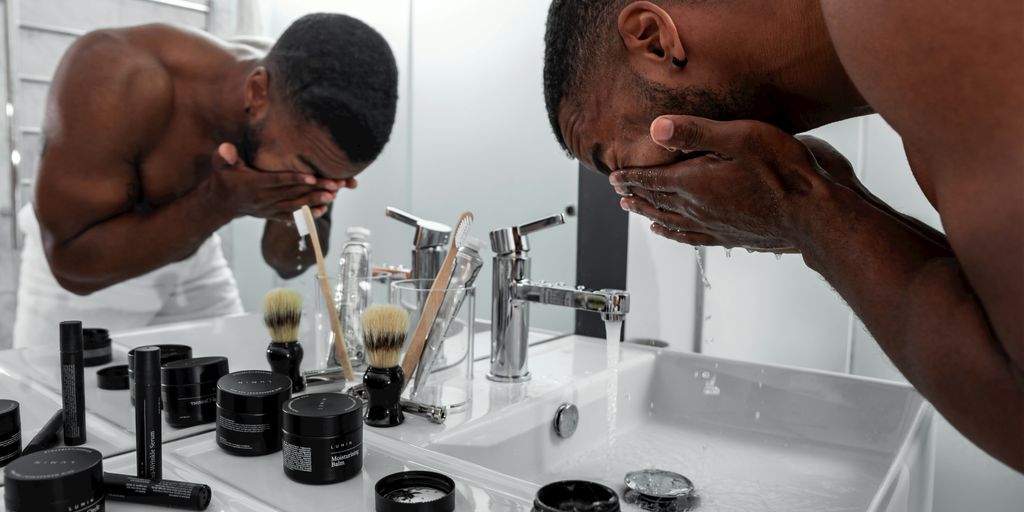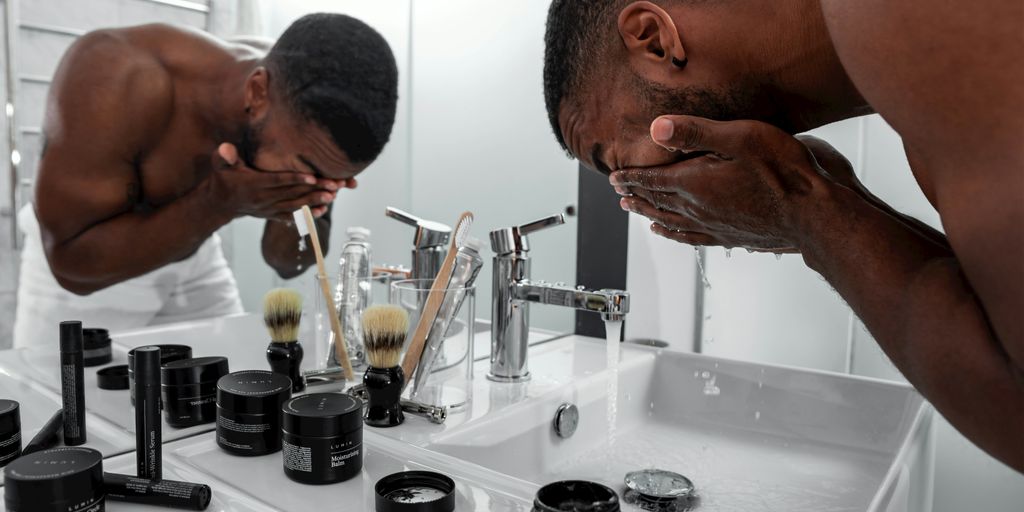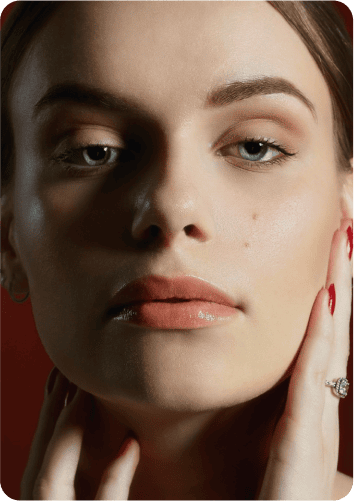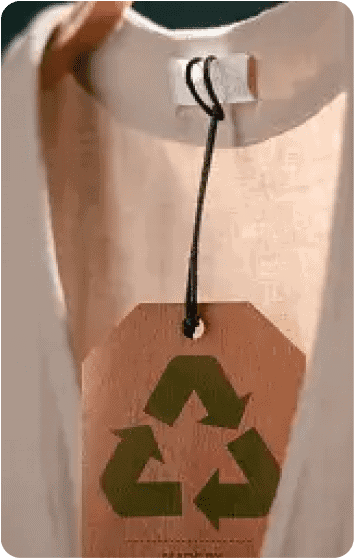In 2025, the question of whether First Aid Beauty is cruelty-free continues to be a hot topic among consumers who care about ethical beauty products. With so many brands claiming to be cruelty-free, it can be tough to figure out who’s really walking the talk. In this article, we’ll explore First Aid Beauty’s animal testing policies, their commitment to cruelty-free standards, and how they stack up against industry norms. Let’s uncover the truth about their practices and what it means for conscious consumers.
Key Takeaways
- First Aid Beauty claims to be cruelty-free, but it’s essential to verify their practices.
- Cruelty-free certification is crucial for ensuring products are not tested on animals.
- Transparency in ingredient sourcing can impact a brand’s cruelty-free status.
- Consumer sentiment and social media play significant roles in shaping brand image.
- Being aware of greenwashing tactics helps consumers make informed choices.
Understanding First Aid Beauty’s Animal Testing Policy
Overview of Their Testing Practices
First Aid Beauty (FAB) has stated publicly that they don’t conduct animal testing on their finished products. However, the specifics of their policy can be a bit more nuanced. It’s important to look at each stage of production to get a clear picture. Do they test ingredients? What about third-party testing? These are the questions we need to answer to fully understand their stance.
Commitment to Cruelty-Free Standards
FAB claims to adhere to cruelty-free standards, but what does that really mean? It often implies that the brand doesn’t test on animals directly, nor do they ask others to do so on their behalf. Commitment can be shown through certifications, transparent supply chains, and clear communication with consumers. It’s not enough to just say you’re cruelty-free; you have to prove it.
Comparison with Industry Norms
How does FAB’s animal testing policy stack up against other brands in the beauty industry? Many companies are moving away from animal testing due to consumer demand and ethical concerns. Some have embraced third-party certifications like Leaping Bunny or PETA, while others rely on their own internal standards. Understanding where FAB stands in relation to these norms helps us evaluate the sincerity and effectiveness of their policies.
It’s worth noting that even brands claiming to be cruelty-free can sometimes have loopholes in their policies. For example, they might sell their products in countries where animal testing is required by law, like China. This is a gray area that consumers should be aware of.
Here’s a quick comparison table:
| Brand | Certification | Sells in China |
|---|---|---|
| First Aid Beauty | None | No |
| Brand X | Leaping Bunny | No |
| Brand Y | PETA | Yes |
It’s up to each consumer to decide what level of cruelty-free is acceptable to them.
The Importance of Cruelty-Free Certification
What Does Cruelty-Free Mean?
Okay, so what does cruelty-free even mean? It sounds simple, but it’s actually pretty complex. Basically, it means that a product wasn’t tested on animals at any stage of its development. This includes the ingredients, the final product, and even testing done by the suppliers. It’s about making sure no animals were harmed to make your beauty products. It’s a big deal for a lot of people, and for good reason.
Recognizing Trusted Certifications
Not all labels are created equal. You’ve probably seen a bunch of different logos claiming a product is cruelty-free, but how do you know which ones to trust? Look for certifications from well-known, independent organizations. Leaping Bunny, PETA’s Beauty Without Bunnies, and Choose Cruelty Free are some of the most recognized. These certifications mean a third party has verified the company’s claims and that they meet specific standards. It’s like having a seal of approval that you can actually rely on.
Impact of Cruelty-Free Choices on the Market
Choosing cruelty-free products isn’t just about feeling good; it actually makes a difference. When we buy cruelty-free, we’re sending a message to companies that animal testing isn’t okay. This can push more brands to adopt cruelty-free practices. It’s a bit like voting with your wallet. The more people who demand cruelty-free, the more the market will shift to meet that demand. It’s a slow process, but every purchase counts.
Supporting cruelty-free brands helps promote ethical practices in the beauty industry. It encourages companies to invest in alternative testing methods and prioritize animal welfare. By making informed choices, consumers can drive positive change and contribute to a more compassionate and sustainable future for all living beings.
First Aid Beauty’s Ingredients and Sourcing
Ethical Sourcing of Ingredients
When we talk about ethical sourcing, it’s about more than just slapping a "natural" label on something. It’s about digging into where First Aid Beauty gets their ingredients and how those sources impact communities and the environment. Do they use fair trade practices? Are they supporting sustainable agriculture? These are the questions we need to ask. It’s not always easy to find this information, but it’s worth the effort to ensure the products we use align with our values. Ethical sourcing ensures that ingredients are obtained in a responsible and sustainable manner, respecting both people and the planet.
Transparency in Ingredient Lists
Ingredient lists can be overwhelming, right? So many long, complicated names! But transparency here is key. Does First Aid Beauty clearly list all ingredients, or are there vague terms that hide potential problems? A truly transparent company will be upfront about what goes into their products, making it easier for consumers to make informed choices. It’s also important to understand what those ingredients actually are. Are they known irritants? Are they sustainably harvested? The more information we have, the better.
Potential Concerns with Sourcing Practices
Even if a company seems to have good practices, there can still be hidden issues. Maybe they source an ingredient from a region with questionable labor practices, or perhaps their packaging isn’t as eco-friendly as it seems. It’s important to stay vigilant and do our research. No company is perfect, but by being aware of potential concerns, we can push for better practices and support brands that are truly committed to ethical and sustainable sourcing.
It’s easy to get caught up in marketing claims, but remember to look beyond the surface. Investigate the actual sourcing practices of the brands you support. Your choices can make a real difference in promoting ethical and sustainable practices within the beauty industry.
Here are some things to consider:
- Are the ingredients sustainably harvested?
- Does the company support fair labor practices?
- What is the environmental impact of their packaging?
Consumer Perception of First Aid Beauty
Public Sentiment on Cruelty-Free Claims
Consumer perception of First Aid Beauty is really interesting, especially when it comes to their cruelty-free claims. People are getting smarter about what brands say versus what they actually do. There’s a growing demand for transparency, and consumers are more likely to research a brand’s practices before making a purchase. If a brand’s claims don’t line up with their actions, consumers are quick to call them out. It’s a whole new level of scrutiny out there.
Influence of Social Media on Brand Image
Social media plays a huge role in shaping how people see First Aid Beauty. Platforms like Instagram, TikTok, and X (formerly Twitter) can make or break a brand. Influencers’ opinions carry a lot of weight, and a single viral post can change everything. If a popular influencer questions a brand’s cruelty-free status, it can lead to a massive drop in sales. On the flip side, positive reviews and endorsements can boost a brand’s image and attract new customers. It’s a constant balancing act for brands to manage their social media presence and respond to consumer concerns.
Customer Reviews and Feedback
Customer reviews and feedback are super important for understanding how people really feel about First Aid Beauty. Reading reviews on websites like Sephora, Ulta, and Amazon can give you a good sense of whether customers believe the brand is truly cruelty-free. You’ll often see comments about product effectiveness, but also discussions about ethical practices. It’s worth noting that some reviews might be biased or fake, so it’s important to look for patterns and consider a wide range of opinions.
Customer feedback is a goldmine of information. It helps brands understand what they’re doing well and where they need to improve. By paying attention to reviews and addressing concerns, brands can build trust and loyalty with their customers.
Here are some common themes you might find in customer reviews:
- Satisfaction with product performance
- Concerns about specific ingredients
- Questions about the brand’s animal testing policy
- Praise for transparency and ethical practices
- Frustration with misleading marketing claims
Navigating Greenwashing in the Beauty Industry
Identifying Greenwashing Tactics
It’s easy to get tricked in the beauty world. Companies sometimes use greenwashing, which means they make their products seem more eco-friendly than they really are. They might use words like "natural" or "eco-friendly" without backing it up with real changes. Watch out for vague claims and lots of green packaging – it could be a sign they’re trying to fool you.
How to Verify Authentic Claims
So, how do you know if a brand is truly eco-friendly? Look for specifics. Do they say exactly how much recycled material is in the packaging? Do they have certifications from trusted groups? Don’t just take their word for it. A little digging can save you from being misled. Check for third-party certifications; these provide an extra layer of assurance that you’re supporting a genuinely green initiative.
The Role of Consumer Advocacy
We, as consumers, have real power. By asking questions and demanding transparency, we can push companies to be more honest. Support brands that are doing the right thing and call out those that aren’t.
It’s up to us to stay informed and make smart choices. By doing our research and sharing what we learn, we can create a beauty industry that’s truly sustainable, not just pretending to be.
Here are some ways to advocate for transparency:
- Share information with friends and family.
- Leave reviews online.
- Contact companies directly with your questions and concerns.
Future Directions for First Aid Beauty
Plans for Enhanced Sustainability
First Aid Beauty has made some strides, but there’s always room to grow, right? I think we can expect to see them focusing more on sustainable packaging. Maybe they’ll start using more recycled materials, or even explore biodegradable options. It would also be great if they looked into reducing their carbon footprint during production and shipping. These changes could really make a difference.
Potential Changes in Cruelty-Free Practices
It’s possible First Aid Beauty will look into getting certified by more organizations. Right now, they have certifications from a few places, but getting more would show they’re serious. Also, they might start being more open about where their ingredients come from. Transparency is key, and consumers really appreciate knowing what’s in their products and how they’re made.
Engagement with Animal Rights Organizations
I’m hoping First Aid Beauty will start working more closely with animal rights groups. This could mean partnering with them on campaigns or donating to their causes. It would be a good way to show they’re committed to being cruelty-free. Plus, getting feedback from these organizations could help them improve their practices even more.
It’s important for brands to listen to consumer concerns and adapt their practices accordingly. By embracing sustainability and transparency, First Aid Beauty can build trust and loyalty with its customers.
How to Support Truly Cruelty-Free Brands
It can feel overwhelming trying to make ethical choices, but supporting truly cruelty-free brands is more achievable than you might think. It’s about shifting your mindset and making informed decisions. Here’s how you can make a real difference:
Researching Brands Before Purchase
Don’t just take a brand’s word for it. Dig a little deeper before you buy. Start by checking for certifications from reputable organizations like Leaping Bunny or PETA. These certifications mean a third party has verified the brand’s cruelty-free status. If a brand isn’t certified, look for a detailed animal testing policy on their website. If you can’t find one, that’s a red flag. Also, consider the parent company. A brand might be cruelty-free, but if its parent company isn’t, your money is still indirectly supporting animal testing.
The Role of Consumer Education
Understanding what
If you want to help brands that are truly cruelty-free, start by doing some research. Look for companies that are certified cruelty-free and avoid those that test on animals. You can also support these brands by buying their products and sharing your favorite finds with friends. Every purchase helps make a difference! For more tips on how to shop responsibly, visit our website today!
Final Thoughts on First Aid Beauty’s Cruelty-Free Status
So, after digging into First Aid Beauty’s practices, it seems like they’re on the right track when it comes to being cruelty-free. They don’t test on animals, and they’re pretty clear about their stance. But, as with any brand, it’s always smart to keep an eye on their practices and any changes that might pop up. Staying informed helps us make better choices. If you’re looking for skincare that aligns with your values, First Aid Beauty could be a good option. Just remember to check back in and see if they keep up their commitments. Supporting brands that truly care about animals and the environment is a step we can all take together.
Frequently Asked Questions
Is First Aid Beauty cruelty-free?
Yes, First Aid Beauty claims to be cruelty-free, meaning they do not test their products on animals.
Do they sell in countries that require animal testing?
No, First Aid Beauty does not sell in countries that require animal testing, which helps them maintain their cruelty-free status.
What certifications does First Aid Beauty have for being cruelty-free?
First Aid Beauty is certified by PETA as a cruelty-free brand, which shows their commitment to not testing on animals.
Are all First Aid Beauty products vegan?
Not all products from First Aid Beauty are vegan, but they do offer a range of vegan options.
How can I verify if a brand is cruelty-free?
You can check for cruelty-free certifications from organizations like PETA or the Leaping Bunny program to confirm a brand’s claims.
Why is it important to choose cruelty-free products?
Choosing cruelty-free products supports ethical practices and helps reduce harm to animals in the beauty industry.
